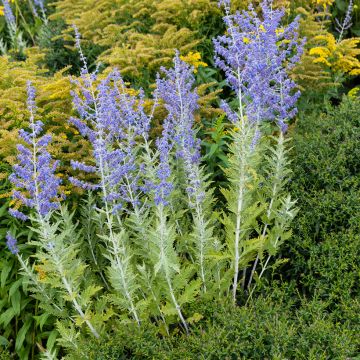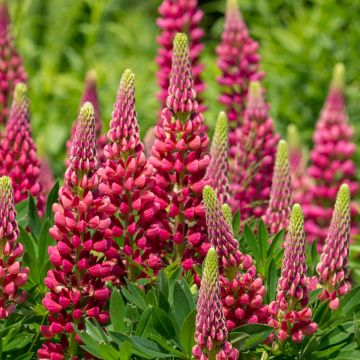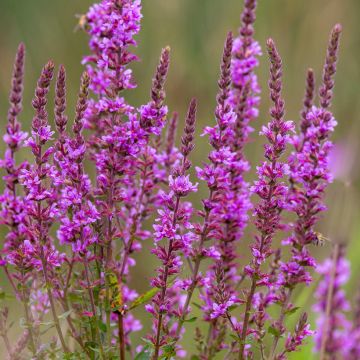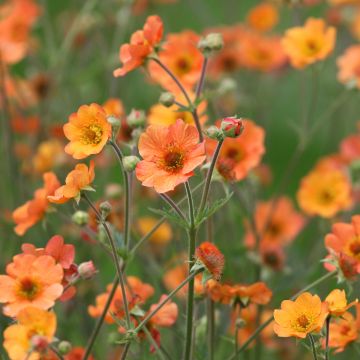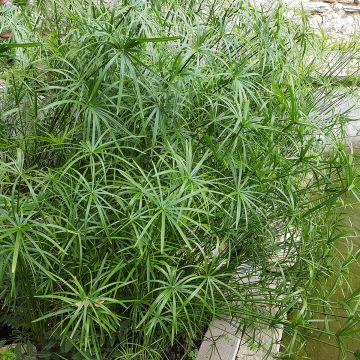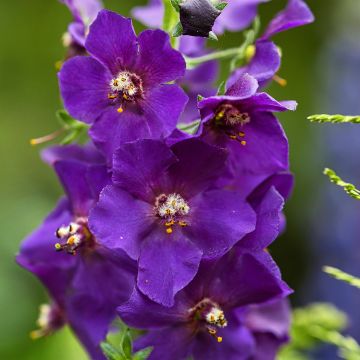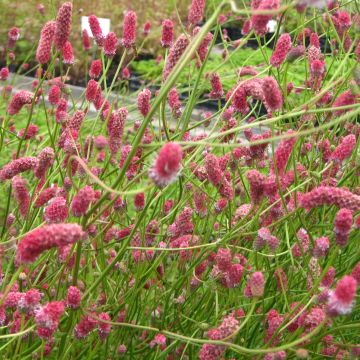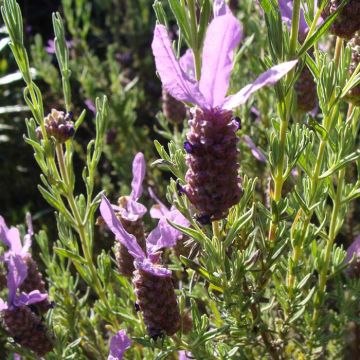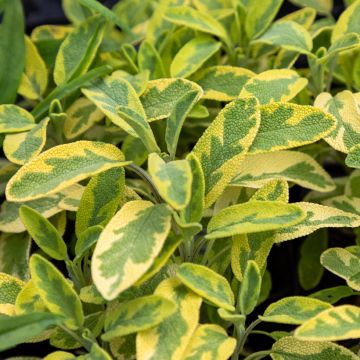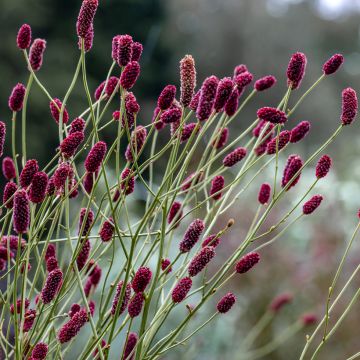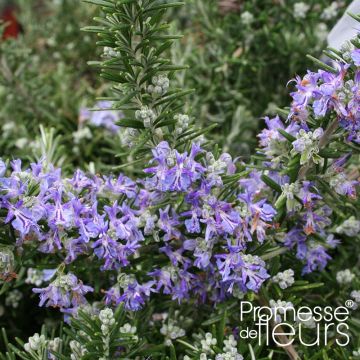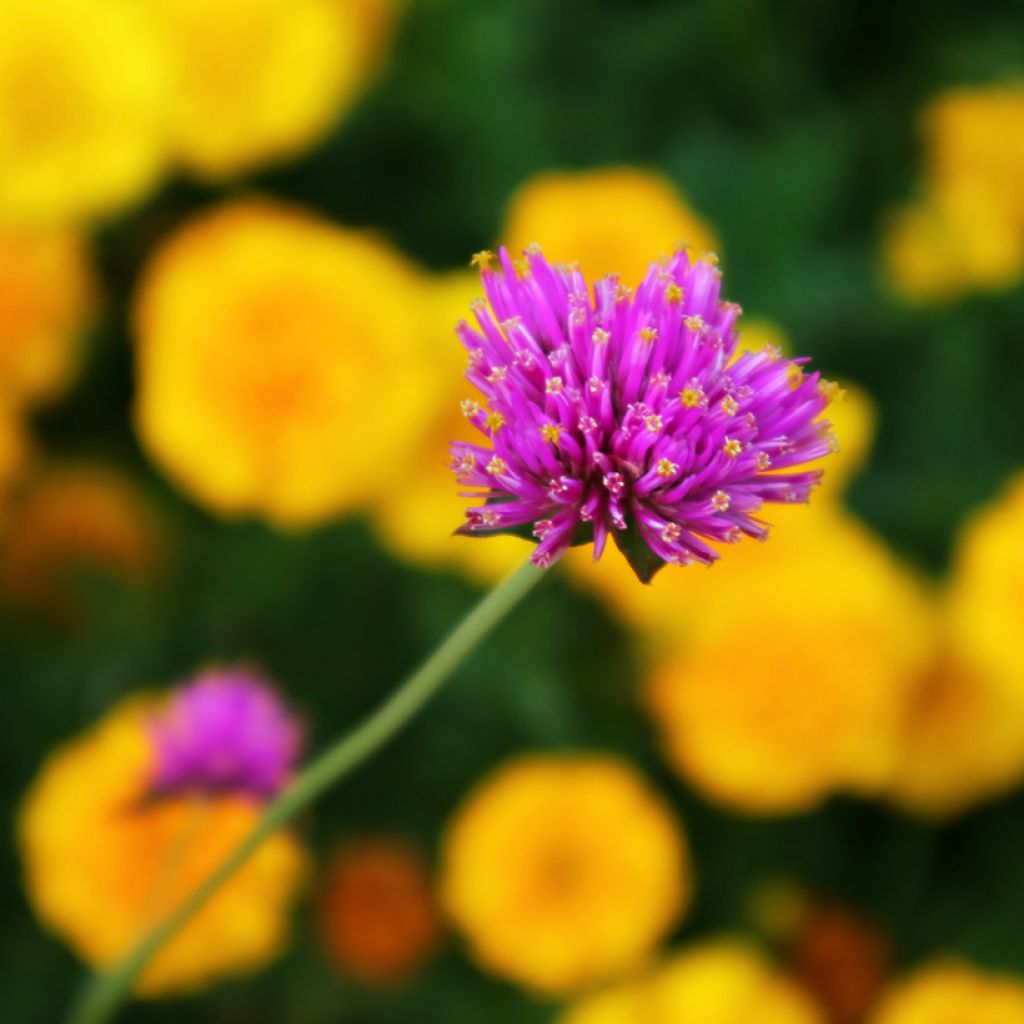

Gomphrena pulchella Truffula Pink
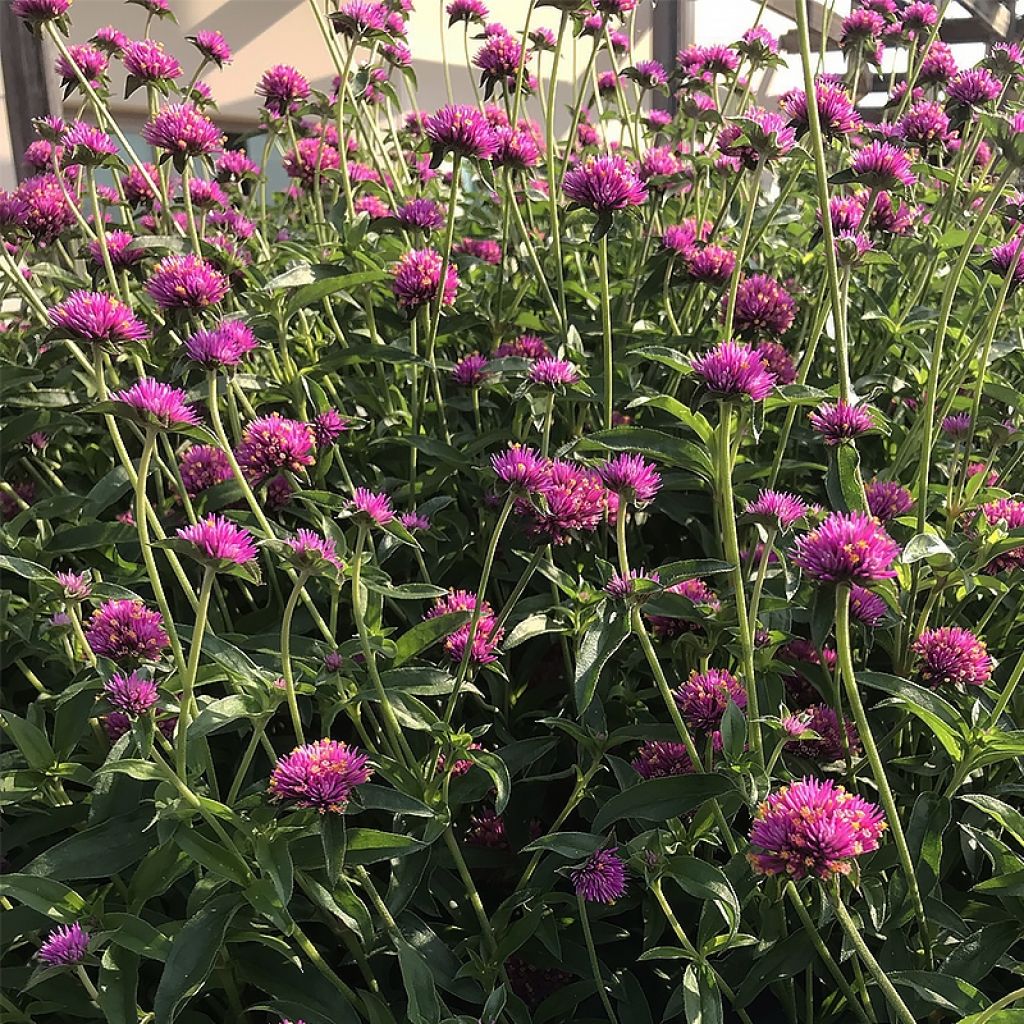

Gomphrena pulchella Truffula Pink
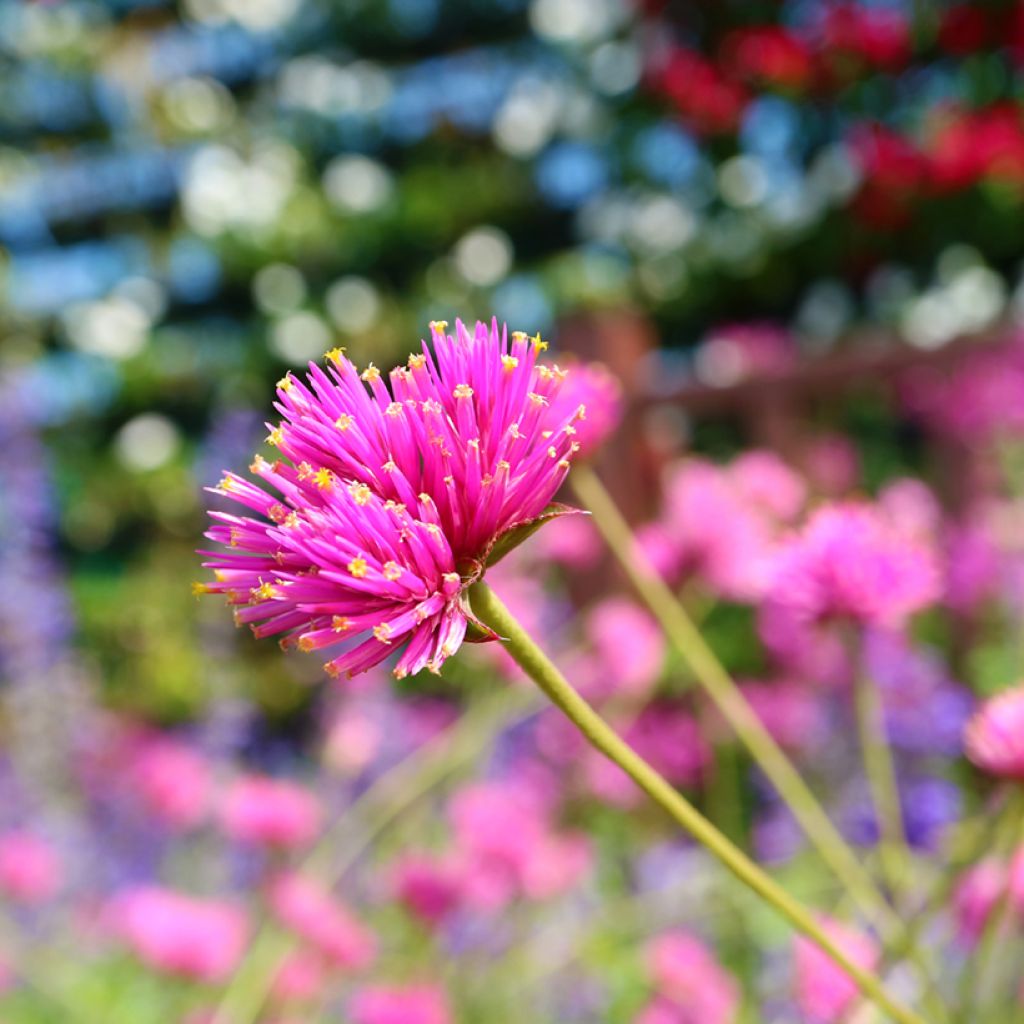

Gomphrena pulchella Truffula Pink
Gomphrena pulchella Truffula Pink
Gomphrena pulchella Truffula Pink
Fireweed, Globe amaranth, Bachelor's button
I received the 5 little plants this week, I already have one almost dead... let's hope the other 4 manage to grow and, above all, to flower...
Katy, 14/04/2024
Special offer!
Receive a €20 voucher for any order over €90 (excluding delivery costs, credit notes, and plastic-free options)!
1- Add your favorite plants to your cart.
2- Once you have reached €90, confirm your order (you can even choose the delivery date!).
3- As soon as your order is shipped, you will receive an email containing your voucher code, valid for 3 months (90 days).
Your voucher is unique and can only be used once, for any order with a minimum value of €20, excluding delivery costs.
Can be combined with other current offers, non-divisible and non-refundable.
Home or relay delivery (depending on size and destination)
Schedule delivery date,
and select date in basket
This plant carries a 12 months recovery warranty
More information
We guarantee the quality of our plants for a full growing cycle, and will replace at our expense any plant that fails to recover under normal climatic and planting conditions.
Would this plant suit my garden?
Set up your Plantfit profile →
Description
Gomphrena 'Truffula Pink', also known as amaranth, enriches the range of annuals with its long flowering season of small intense pink pompoms. The well-branched plant forms a lovely clump with long leaves that appears crowned by a cloud of dancing flowers for weeks, without requiring much maintenance. It is an ideal variety for floral compositions, both in pots and in the ground. It only needs sun and well-drained soil that is not too rich to thrive.
Gomphrena 'Truffula Pink' belongs to the Amaranthaceae family. Its ancestor, Gomphrena pulchella, is a shrubby plant with a woody base and herbaceous stems. It is native to South America (northern Argentina, Bolivia, Brazil, Paraguay, and Uruguay) and was introduced to Mexico. It is a perennial plant, but not very hardy, as its stump dies below -3°C (26.6°F). For this reason, it is cultivated as an annual plant in our climate. The 'Truffula Pink' selection, which is more compact and branched than the wild type, forms a bushy clump of about 50cm (20in) in all directions in just a few months. Its stems bear narrow lanceolate leaves measuring 5 to 8cm (2 to 3in) long and are green in colour. In our climate, it can flower continuously from spring to the first frost, from April to October. Floral stems emerge from the foliage, bearing globular inflorescences in the shape of pompoms. The flowers are composed of numerous fuchsia-pink petals and golden-yellow stamens. They attract bees and butterflies. Where there is no frost, the foliage persists in winter.
Gomphrena 'Truffula Pink' will express its charm and generosity both in the garden and in containers on a patio. You can even bring them indoors as fresh or dried bouquets. Along the edge of a flower bed, plant it with cerastium, aubrietas, and Nepeta mussinii, for example. It will also go well with sages (perennial or shrubby) and perennial geraniums. In a planter, its small pink pompoms will create a beautiful contrast with the dark foliage of certain ipomoeas. It can also be planted with a carex and a calibrachoa in a planter.
Like some of its relatives in the Amaranthaceae family, you can use the 'Truffula Pink' amaranth in dried compositions. Indeed, amaranthus means "that does not wither" in Greek. To preserve them in their most flattering form, cut them as soon as the flowers appear and turn pink. They will thus retain their evocative shape and colour.
Report an error about the product description
Gomphrena pulchella Truffula Pink in pictures




Flowering
Foliage
Plant habit
Botanical data
Gomphrena
pulchella
Truffula Pink
Amaranthaceae
Fireweed, Globe amaranth, Bachelor's button
Cultivar or hybrid
Other Perennials A to Z
View all →Planting and care
Easy to grow, Gomphrena 'Truffula Pink' requires little maintenance. However, its low cold resistance only allows it to be grown in open ground in coastal gardens. Elsewhere, it should be grown as an annual, in open ground or in a pot. Pots can be overwintered in a frost-free greenhouse or conservatory.
This plant thrives in sunlight and well-drained (sandy or gravelly), infertile, and preferably neutral to acidic soil (avoid calcareous soils).
- Dig a hole twice the size of the root ball in all directions
- Plant the seedling in the hole, adjusting its height so that the collar is level with the ground
- Backfill and water.
Regular watering is necessary to ensure establishment. Once established in open ground, it will require minimal watering and can even tolerate some drought. Fertiliser is unnecessary in open ground.
In a pot:
- Choose a container with drainage holes and place a layer of clay pebbles or gravel to ensure good drainage
- Prepare a mixture of compost, garden soil, and river sand
- Water as soon as the substrate dries out 3cm (1in) on the surface
- Apply a flowering plant fertiliser once a month.
Planting period
Intended location
Care
-
, onOrder confirmed
Reply from on Promesse de fleurs
Similar products
Haven't found what you were looking for?
Hardiness is the lowest winter temperature a plant can endure without suffering serious damage or even dying. However, hardiness is affected by location (a sheltered area, such as a patio), protection (winter cover) and soil type (hardiness is improved by well-drained soil).

Photo Sharing Terms & Conditions
In order to encourage gardeners to interact and share their experiences, Promesse de fleurs offers various media enabling content to be uploaded onto its Site - in particular via the ‘Photo sharing’ module.
The User agrees to refrain from:
- Posting any content that is illegal, prejudicial, insulting, racist, inciteful to hatred, revisionist, contrary to public decency, that infringes on privacy or on the privacy rights of third parties, in particular the publicity rights of persons and goods, intellectual property rights, or the right to privacy.
- Submitting content on behalf of a third party;
- Impersonate the identity of a third party and/or publish any personal information about a third party;
In general, the User undertakes to refrain from any unethical behaviour.
All Content (in particular text, comments, files, images, photos, videos, creative works, etc.), which may be subject to property or intellectual property rights, image or other private rights, shall remain the property of the User, subject to the limited rights granted by the terms of the licence granted by Promesse de fleurs as stated below. Users are at liberty to publish or not to publish such Content on the Site, notably via the ‘Photo Sharing’ facility, and accept that this Content shall be made public and freely accessible, notably on the Internet.
Users further acknowledge, undertake to have ,and guarantee that they hold all necessary rights and permissions to publish such material on the Site, in particular with regard to the legislation in force pertaining to any privacy, property, intellectual property, image, or contractual rights, or rights of any other nature. By publishing such Content on the Site, Users acknowledge accepting full liability as publishers of the Content within the meaning of the law, and grant Promesse de fleurs, free of charge, an inclusive, worldwide licence for the said Content for the entire duration of its publication, including all reproduction, representation, up/downloading, displaying, performing, transmission, and storage rights.
Users also grant permission for their name to be linked to the Content and accept that this link may not always be made available.
By engaging in posting material, Users consent to their Content becoming automatically accessible on the Internet, in particular on other sites and/or blogs and/or web pages of the Promesse de fleurs site, including in particular social pages and the Promesse de fleurs catalogue.
Users may secure the removal of entrusted content free of charge by issuing a simple request via our contact form.
The flowering period indicated on our website applies to countries and regions located in USDA zone 8 (France, the United Kingdom, Ireland, the Netherlands, etc.)
It will vary according to where you live:
- In zones 9 to 10 (Italy, Spain, Greece, etc.), flowering will occur about 2 to 4 weeks earlier.
- In zones 6 to 7 (Germany, Poland, Slovenia, and lower mountainous regions), flowering will be delayed by 2 to 3 weeks.
- In zone 5 (Central Europe, Scandinavia), blooming will be delayed by 3 to 5 weeks.
In temperate climates, pruning of spring-flowering shrubs (forsythia, spireas, etc.) should be done just after flowering.
Pruning of summer-flowering shrubs (Indian Lilac, Perovskia, etc.) can be done in winter or spring.
In cold regions as well as with frost-sensitive plants, avoid pruning too early when severe frosts may still occur.
The planting period indicated on our website applies to countries and regions located in USDA zone 8 (France, United Kingdom, Ireland, Netherlands).
It will vary according to where you live:
- In Mediterranean zones (Marseille, Madrid, Milan, etc.), autumn and winter are the best planting periods.
- In continental zones (Strasbourg, Munich, Vienna, etc.), delay planting by 2 to 3 weeks in spring and bring it forward by 2 to 4 weeks in autumn.
- In mountainous regions (the Alps, Pyrenees, Carpathians, etc.), it is best to plant in late spring (May-June) or late summer (August-September).
The harvesting period indicated on our website applies to countries and regions in USDA zone 8 (France, England, Ireland, the Netherlands).
In colder areas (Scandinavia, Poland, Austria...) fruit and vegetable harvests are likely to be delayed by 3-4 weeks.
In warmer areas (Italy, Spain, Greece, etc.), harvesting will probably take place earlier, depending on weather conditions.
The sowing periods indicated on our website apply to countries and regions within USDA Zone 8 (France, UK, Ireland, Netherlands).
In colder areas (Scandinavia, Poland, Austria...), delay any outdoor sowing by 3-4 weeks, or sow under glass.
In warmer climes (Italy, Spain, Greece, etc.), bring outdoor sowing forward by a few weeks.
































